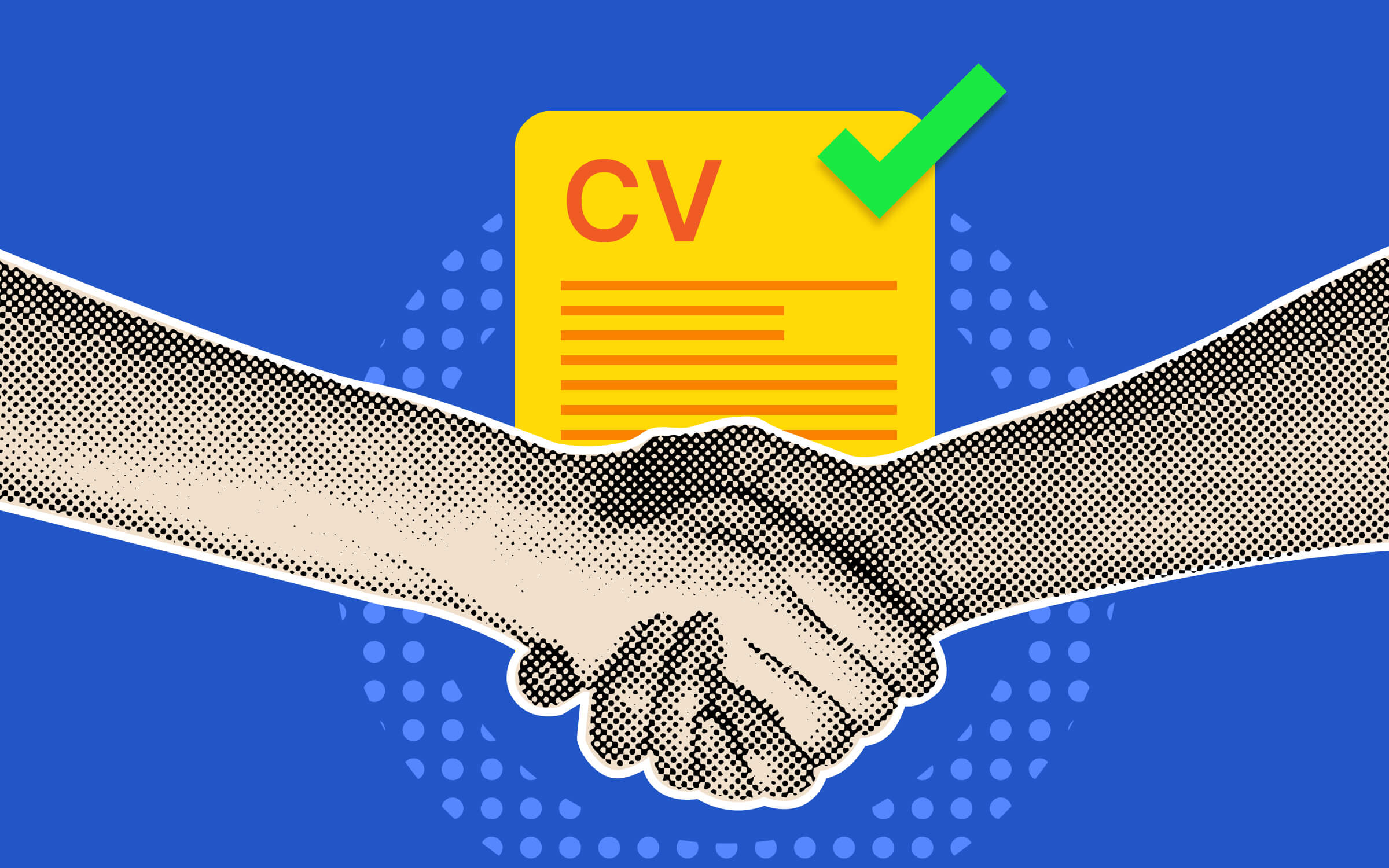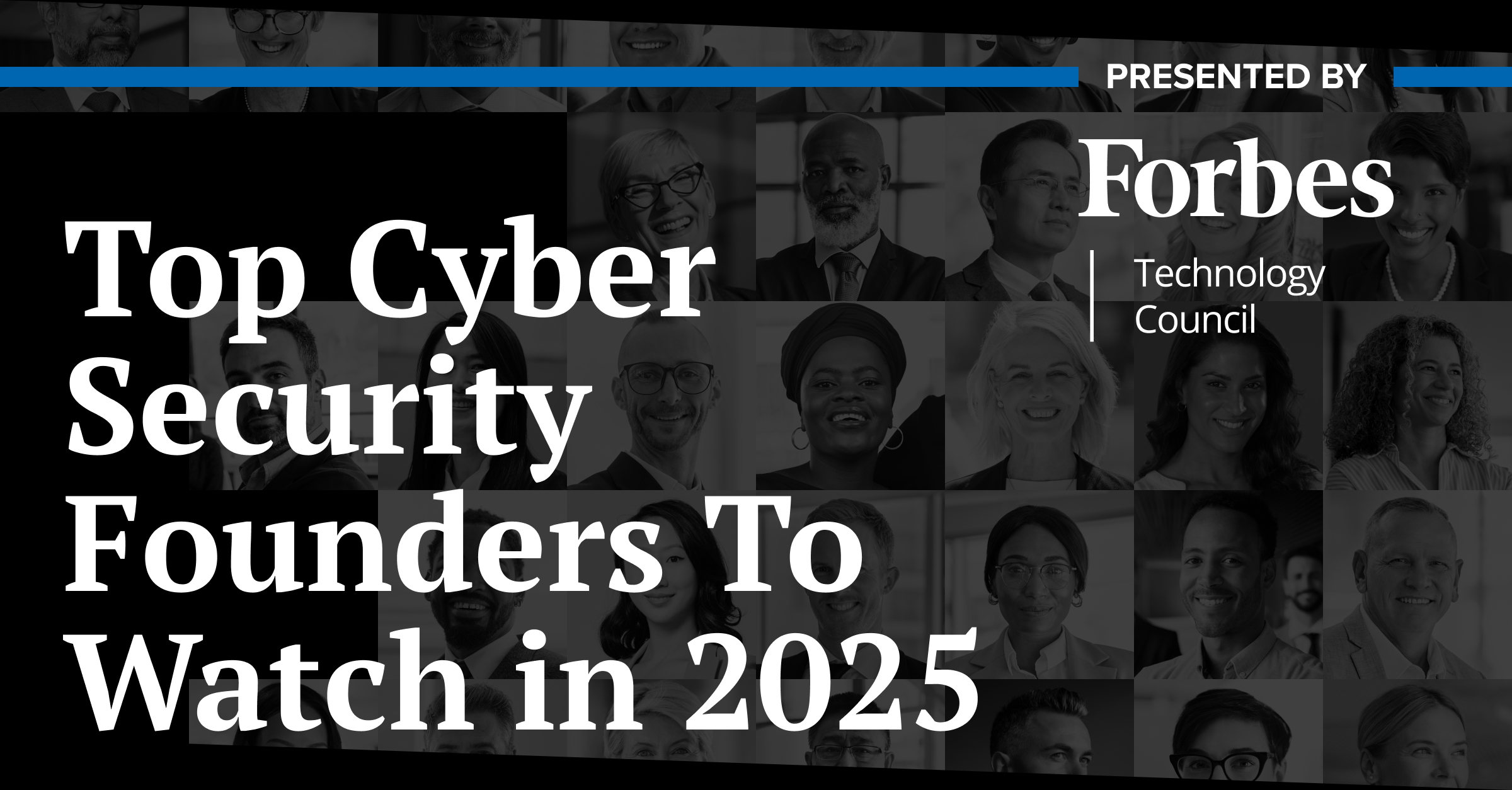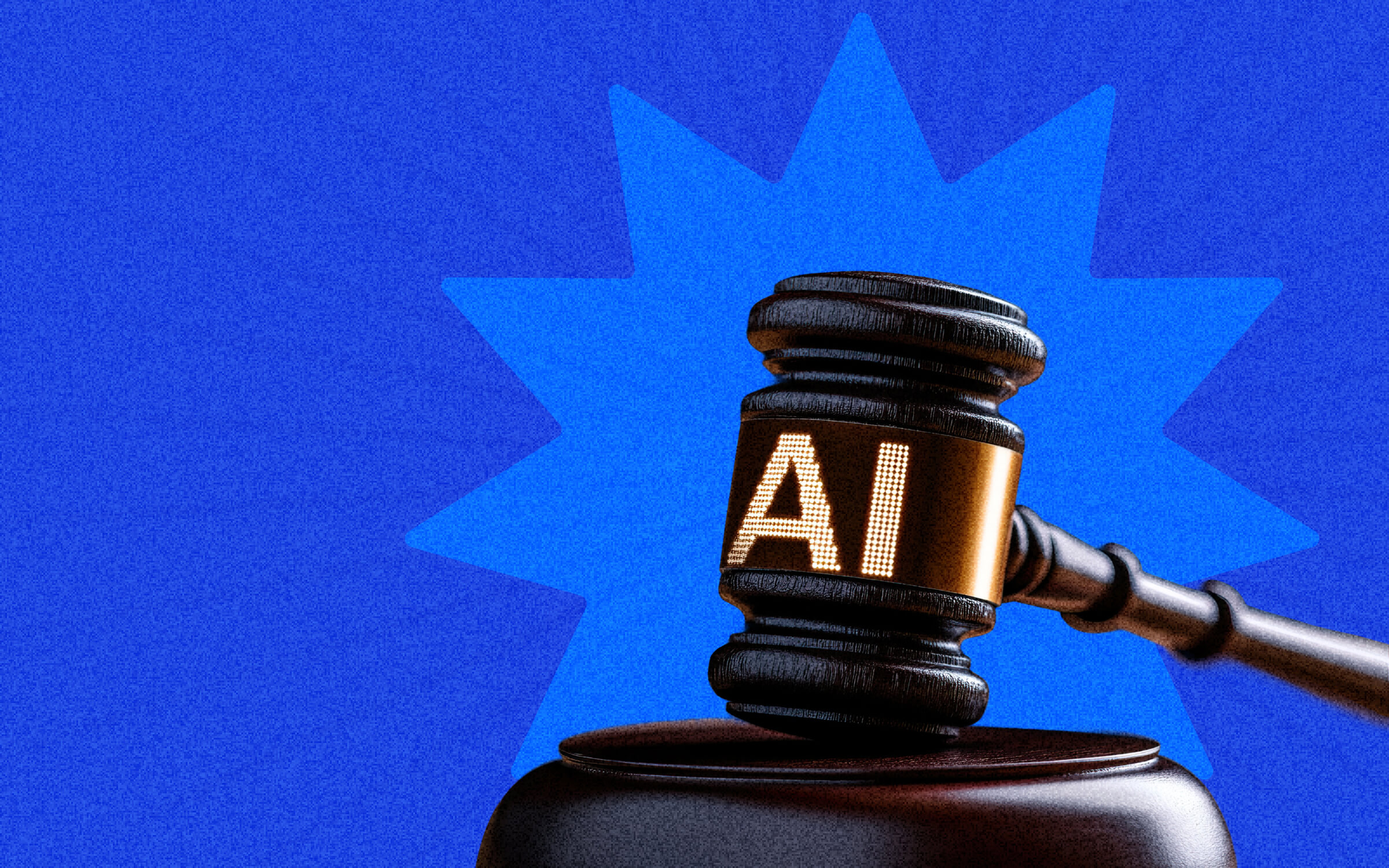For diversity, equity, and inclusion (DEI) commitments related to talent acquisition practices to be effective, training and communication are needed at every level. That means that DEI leaders like you should work in lockstep with talent acquisition teams to ensure they understand the critical elements of your DEI goals when it comes to their recruiting strategies and are able to implement effective internal hiring practices. Without the support and buy-in from hiring managers — and the company at large — your DEI efforts on recruiting and hiring are likely to fall flat.
Unfortunately, it’s middle managers specifically who often struggle to recognize the importance of a diverse workforce, says Jennifer Brown, founder and CEO of Jennifer Brown Consulting, which helps organizations develop and improve their workplace DEI strategies. “We in the consulting world call this the ‘frozen middle,’” she says. “It’s the most difficult group to get on board, to communicate to, to get traction with.”
Use data to make your business case.
Senior leadership tends to understand DEI as a business imperative to be innovative and stay competitive. Individual contributors often value DEI principles in the workplace. But middle managers are often “focused on the day-to-day execution of tasks and outputs,” says Brown. “The topic of DEI falls by the wayside or seems disconnected to the accomplishment of concrete goals.”
How should you effectively communicate the message with middle managers? “The reasoning and the why needs to be explained in business terms,” Brown explains. “It’s literally shifting the composition of the workforce to make sure that it can speak to and anticipate a diversifying world of customers, clients, future customers, future workforce candidates.”
You can find plenty of data to share with hiring managers that support the advantages of a more diverse workforce. One 2020 McKinsey report found that companies in the top quartile for ethnic and cultural diversity outperformed the bottom quartile in profitability by 36%.
DEI efforts and commitments are weighing into consumers’ decisions more often than they once did, says Brown. She explains that a lack of diversity can result in lost opportunities. For example, if a company were to show up to a pitch meeting with a group of homogeneous salespeople who are not reflective of the audience they’re selling to, potential clients may choose to work with another team they feel can better relate to their challenges and needs.
A team’s diverse makeup also matters to the job candidates hiring managers are interviewing. According to a survey by Glassdoor, 76% say workforce diversity is an important factor that they consider before accepting an offer.
Hold company-wide DEI trainings to start educating your team.
Building a diverse workforce and an inclusive culture to match is a top-down imperative at online bank Ally Financial, with CEO Jeffrey Brown clearly and regularly communicating the company’s DEI commitment to the team. Reggie Willis, chief diversity officer at Ally, explains, “The more diverse talent that you have, the better you are able to service your customers, the more innovative you’re going to be, the more connected you’re going to be to the broader society.”
To help strengthen this understanding company-wide, Ally holds annual DEI trainings, developed both in-house and by a third party, which incorporate virtual modules and in-person seminars and events. Willis says they are also in the process of rolling out a speaker series that will cover the “value of understanding cultural differences, cultural competencies, and the differences that people bring to the organization.”
At pharmaceutical company Merck, an annual virtual training developed by an outside firm helps employees consider their own roles in creating a diverse and inclusive work environment. Celeste Warren, VP of global diversity and inclusion center of excellence, says that while training benefits everyone, it is particularly useful in helping managers “understand the role that they play in helping us in [the talent acquisition] space.”
Set recurring meetings to continuously discuss company objectives.
Beyond workforce-wide diversity training and events, DEI leaders should communicate the importance of a diverse workforce with hiring managers and advise them on best practices throughout the recruiting process. They can also help prepare recruiters to work with hiring managers toward diversity goals.
“It’s a very important partnership between recruiting and managers, and it just can be out of balance in terms of expertise and comfort with this topic,” says consultant Jennifer Brown. “Recruiters need to be trained on how to speak to hiring managers about the need for a diversity of candidates.”
At Merck, keeping the DEI and talent acquisition teams aligned is a consistent effort throughout the year, Warren explains. Annually, they meet to determine company objectives including how they plan to source talent and which recruiting events they’ll attend. Quarterly, they meet to discuss progress and strategic opportunities.
A role on Warren’s team at Merck is a DEI talent acquisition leader, who is responsible for creating diverse talent acquisition strategies and providing talent acquisition advisors with the right tools and resources. Talent acquisition team members go through boot camps, delivered both in person and virtually, to make sure they have the knowledge on how to recruit for diversity and integrate the company’s DEI principles, as well as the support they need to communicate these principles with hiring managers.
“It’s the talent acquisition advisor that is the one-on-one with the hiring manager, shepherding them through the process,” says Warren. They often facilitate active learning by explaining parts of the hiring process, such as why it’s important to have diverse interviewers. They are “not just sort of walking the hiring manager through the process, but they’re also coaching and counseling,” she explains.
Brown says recruiters can educate hiring managers on how to make objective evaluations during their interviews. For example, she explains that hiring managers can be coached on the importance of asking questions about a candidate’s skill set rather than casual questions such as where a person went to school. The latter can uncover similarities that elicit a positive bias, making it difficult to compare candidates objectively. Instead, recruiters can work with hiring managers to design “objective criteria for requirements, what’s being assessed, and even pre-determined and agreed-upon questions that will be utilized across the board,” Brown says.
Success requires long-term engagement with managers.
Willis notes that conversations between hiring managers and the DEI team should continue long after the hiring process. “Once you get them here, you’ve got to be able to make good on what you sold them, so to speak,” he says. “A lot of what we do is [help] our managers to understand what those actions [are] that create that inclusive and equitable environment once we do bring the diversity in.”
He and members of his DE&I team have regular, facilitated conversations with the company’s leaders and people. Willis says, they ask questions like: “What is the importance of diversity? What does it mean to show up in an environment that’s inclusive? How do you create equitable opportunities for people?”
It all comes back to creating a company-wide understanding of why you’re building a diverse workforce and cultivating an environment in which every employee can thrive. With that foundational buy-in from hiring managers and your team at large, diversity recruiting efforts by the talent acquisition team are much more likely to lead to lasting results.






